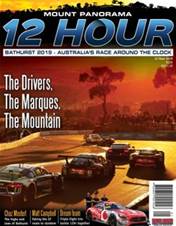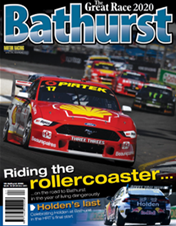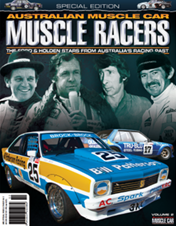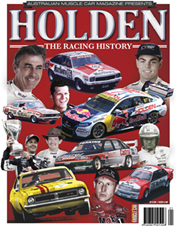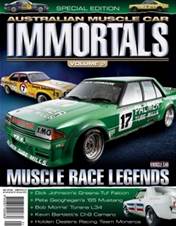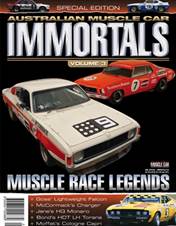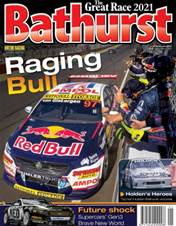Chrysler’s decision to abandon Australia is bad news for fans of affordable V8-powered performance sedans. The Chrysler 300C was the last of its kind following the demise of the locally-built Holden Commodore and Ford Falcon, but even its unique combination of power and accessible pricing wasn’t enough to keep sales competitive.
But what if Chrysler had acted earlier and made the leap into V8 Supercar racing alongside the Commodore and Falcon?

It almost happened, as Garry Rogers recently revealed on the V8 Sleuth podcast. Rogers said he was in negotiations with the American brand in 2012 and ‘13 that could have seen the 300C and not the Volvo S60 Polestar doing battle on track.
It’s a story confirmed by former Fiat Chrysler Australian (FCA) communications boss, Lenore Fletcher, who told Australian Muscle Car that local management was very serious about getting involved in the local racing scene. Ultimately it came down to a question of cost, with a budget of more than $6m believed to have been the sticking point for getting the 300C ready and racing.
In the next in our series of Alternate Histories, we can’t help but wonder what impact the introduction of the 300C into the V8 Supercar scene could have had. And not only for the Chrysler brand, but FCA in a broader sense and V8 Supercars in general.
For the brand itself, getting GRM to race the 300C would have no doubt helped promote the car to a wider audience. With the talents of a young Scott McLaughlin behind the wheel, the 300C would have likely become a winner.
One of the biggest problems the 300C faced was its relatively smaller image compared to the Commodore and Falcon, so by racing (and likely beating) the two local cars on the racetrack, the Chrysler might have attracted more interest in the showroom.

The knock-on impact of more attention on the 300C specifically, would have been more attention on the wider FCA line-up in general. At this point in its timeline (the mid 2010s) FCA was in a strong position with its relatively-new Jeep Grand Cherokee, as well as having recently taken over local operations for Alfa Romeo and Fiat.
Seeing Chrysler back on the grid at races like the Bathurst 1000 would also have been a great story for V8 Supercars racing, reviving the classic three-way battle between Holden, Ford and Valiant (Chrysler’s local brand) in the 1970s.
The Valiant Charger holds a special place in many muscle car fans’ hearts, with the likes of Ian ‘Pete’ Geoghegan, Doug Chivas and Norm Beechey all racing for the factory at Mt Panorama.
While it would never have enjoyed the same success as the Charger, calling back to those glory days would have given the Chrysler 300C a boost in the local market. And that could have helped it secure its future in the Australian market beyond 2021.
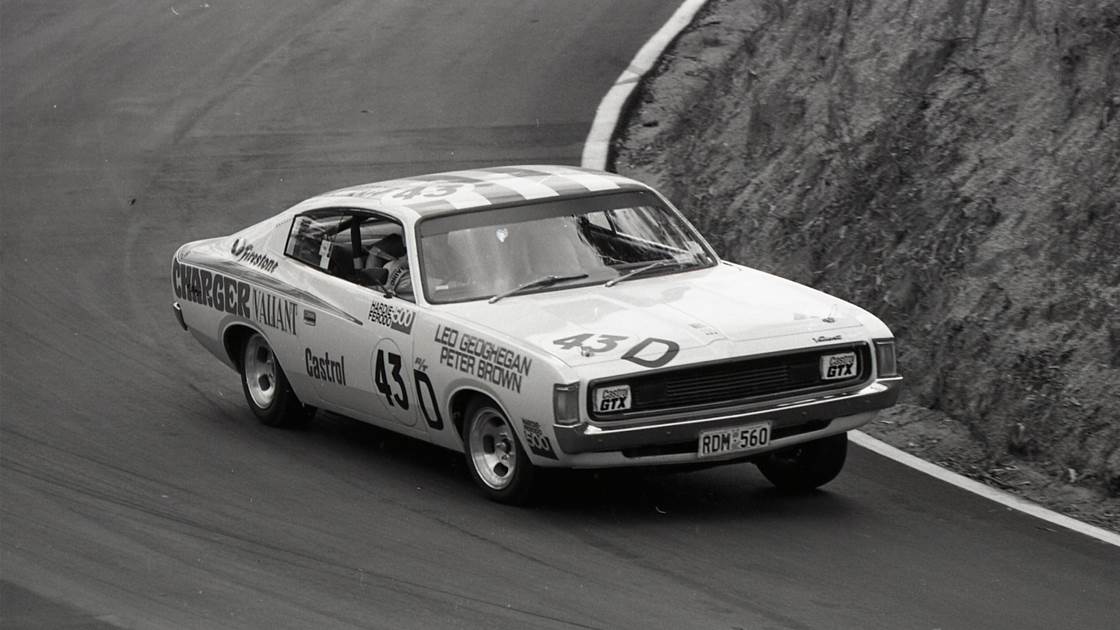




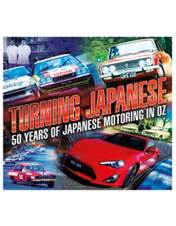

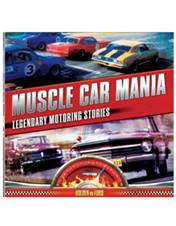
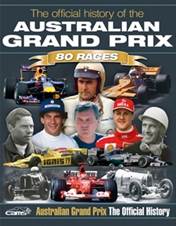
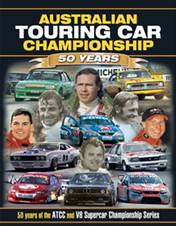
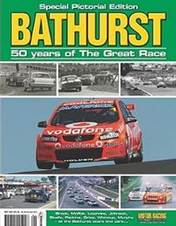
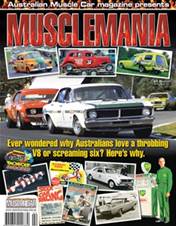
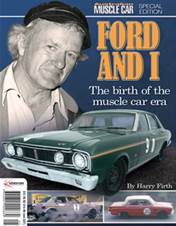
.jpg&q=70&h=226&w=176&c=1&s=1)
